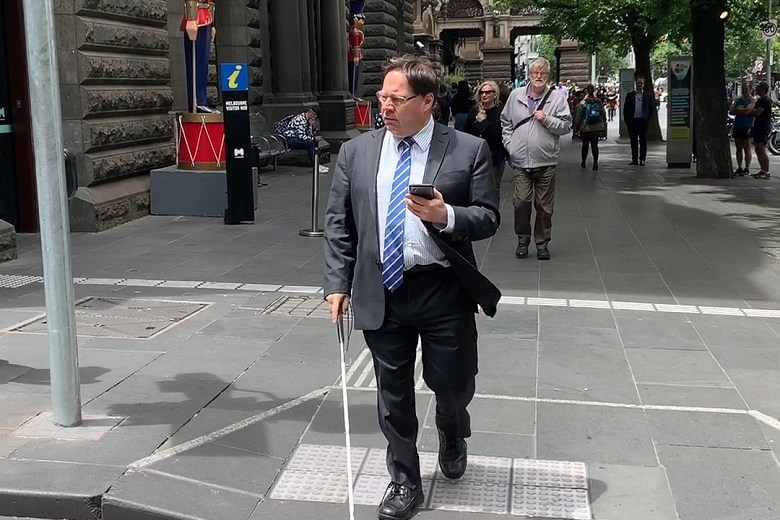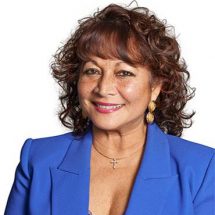
Beacon technology is being used in Melbourne’s CBD to help people with a vision impairment get around.

The virtual GPS beacons, which provide information about obstacles, are situated at the intersections along Bourke and Swanston streets and sections of Flinders Lane and Degraves Street.
Cr Beverley Pinder, Chair of City of Melbourne’s People City portfolio, says Council has been following the development of beacon technology for some time.
“We want people of all abilities to feel secure and empowered as they go about their lives in the city – these beacons are an additional resource that supports people with a disability to access our wonderful city,” she told Government News.
The beacons use the BlindSquare phone app to provide audio messages to users, including the location of obstacles and information about construction works. Messages are available in 25 different languages.
“As you walk around, your phone will automatically pick up the messages and read out information about an intersection you’re approaching and if there are obstacles to be aware of,” Cr Pinder said.
The City completed user testing for the technology in August this year, gathering feedback from people with vision impairments.
“We used this feedback to ensure our messages are helpful and relevant. People can provide feedback through the app and we will closely monitor this,” Cr Pinder said.
A complementary tool
Guide Dogs Victoria was commissioned to develop the program. The technology uses GPS and Bluetooth in the user’s phone to access audio messages from beacons nearby.
It is designed to be used as an additional tool to complement other mobility aids, such as a cane or guide dog.
The “beacons” are GPS satellite points that are programmed remotely and are particularly suitable for streets and outdoor spaces.
“Virtual beacons work great outdoors but are not as accurate inside buildings due to GPS signal accuracy,” Cr Pinder said.
“For this reason, we’ve also installed a number of physical GPS points, which are a small, almost hidden device, that sends location-based messages that the app picks up.”
Physical beacons have been in place since 2017 at several Melbourne train stations, District Docklands Shopping Centre, Melbourne Zoo and the recent Grand Prix.
New physical beacons have also been installed at Ross House, Melbourne Town Hall, Melbourne Visitor Hub at Town Hall, the City Library and the Degraves Street underpass.
The City would eventually like to roll out the virtual technology to more locations, but wants to ensure the existing beacons are effective first.
“We would love to expand the number of beacons – but first we want to make sure that the beacons we’ve created in Bourke and Swanston streets are working well for people with vision impairments,” Cr Pinder said.
As the Chair of the City’s Disability Advisory Committee, Cr Pinder often hears first hand about the barriers faced by people with disabilities in getting around the City.
“Improving accessibility is an ongoing process – there is always more we can do and we will continue to strive for improvements, led and informed by our Disability Advisory Committee,” she says.
Comment below to have your say on this story.
If you have a news story or tip-off, get in touch at editorial@governmentnews.com.au.
Sign up to the Government News newsletter
One thought on “Beacon technology helps vision-impaired in CBD”
Leave a comment:
Most read
Scathing report finds little has changed at PwC
Qld council welcomes progress on massive battery system
Inquiry to consider how federal govt can address councils’ sustainability issues
‘Local’ procurement turns out not to be so local, committee hears
Another report finds local government falling down on cyber security
Contact the EU Commission Project Office for previous research of wayfinding systems to assist visually impaired metropolitan transport. Partners included RNIB, London Transport, RATP (Paris) and FAF